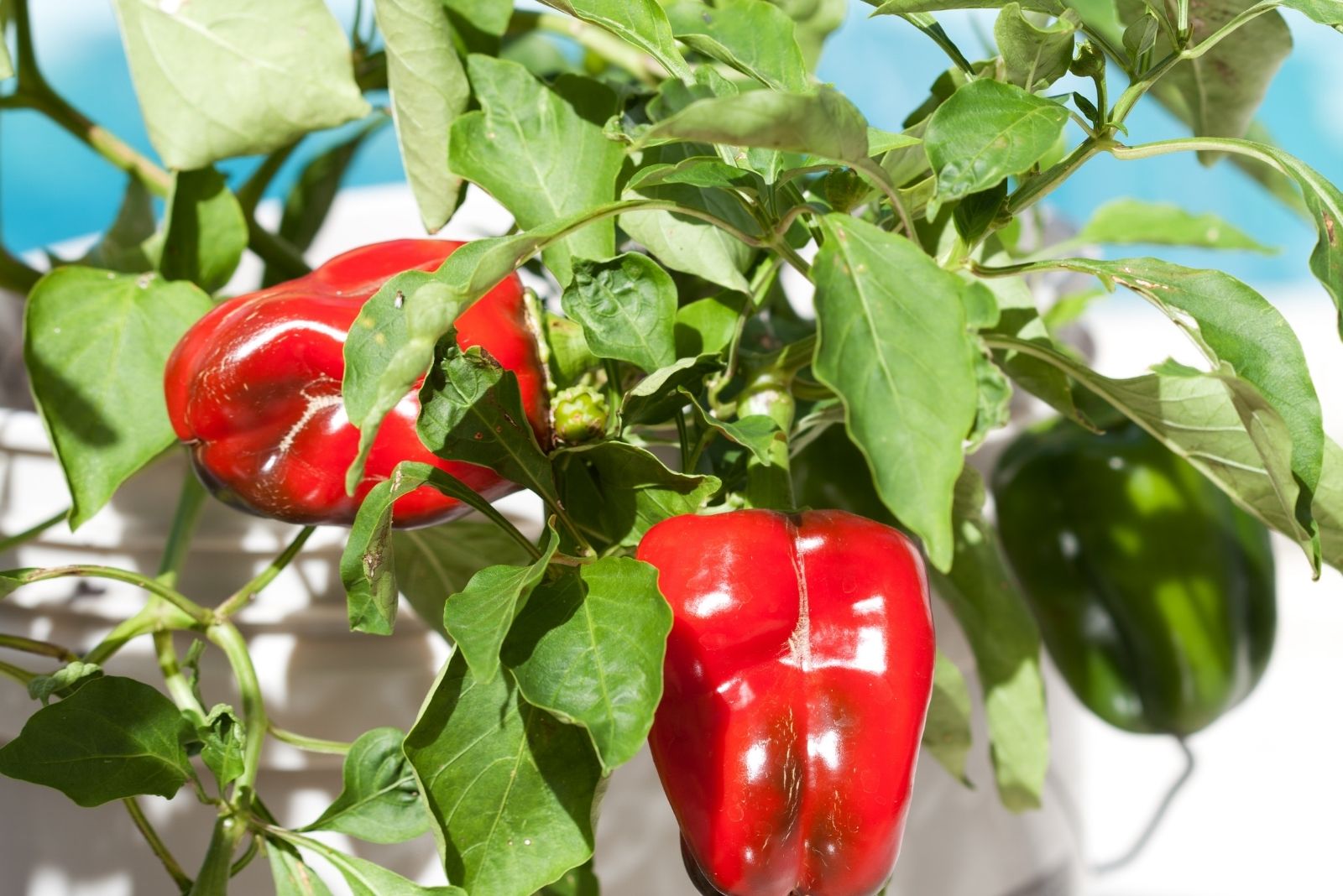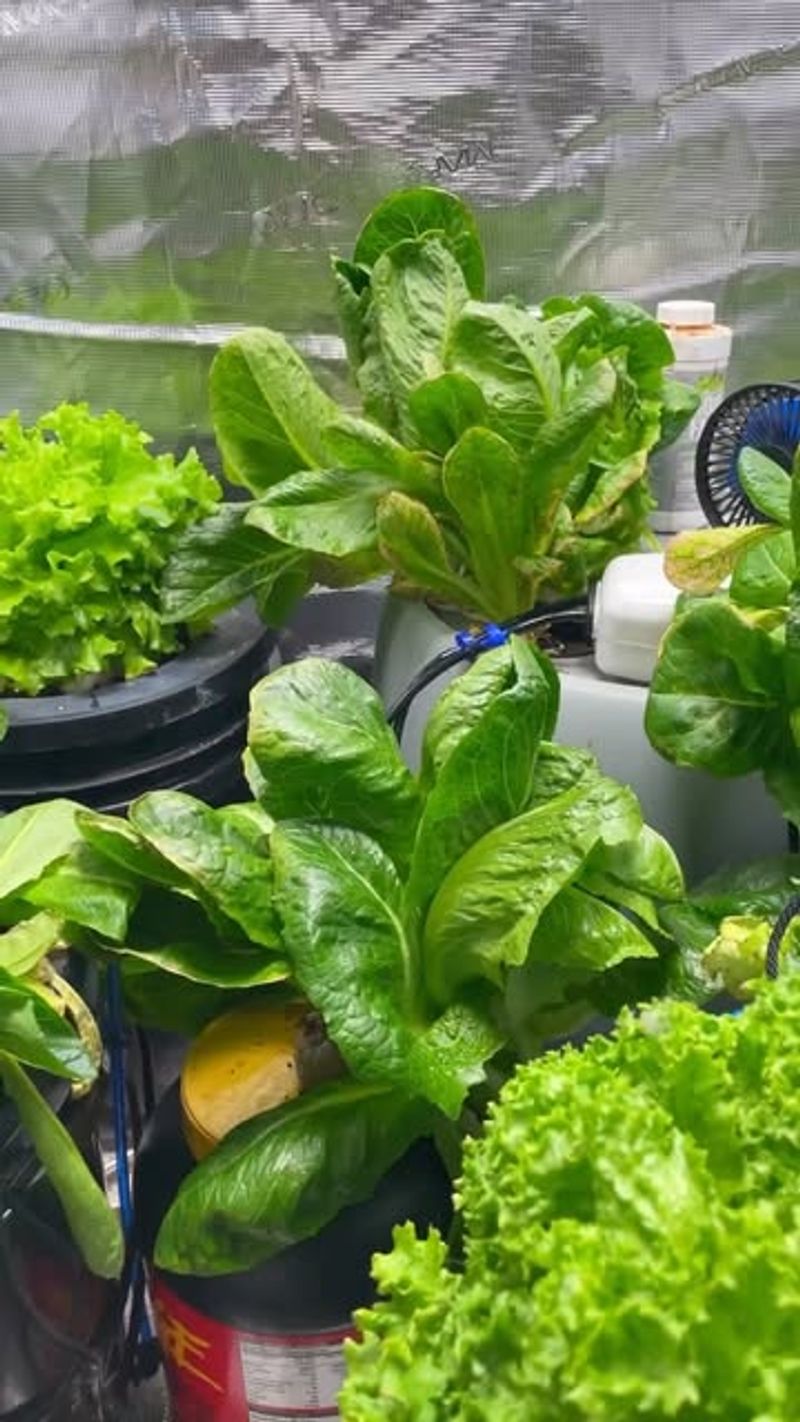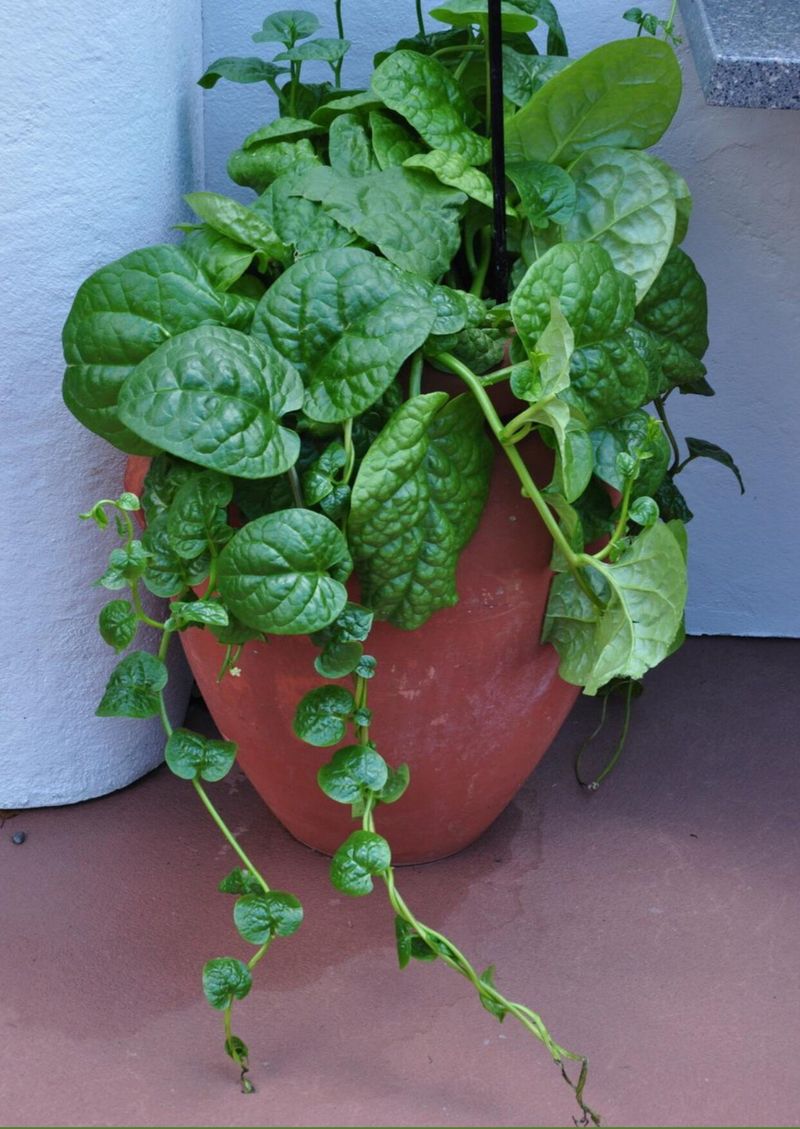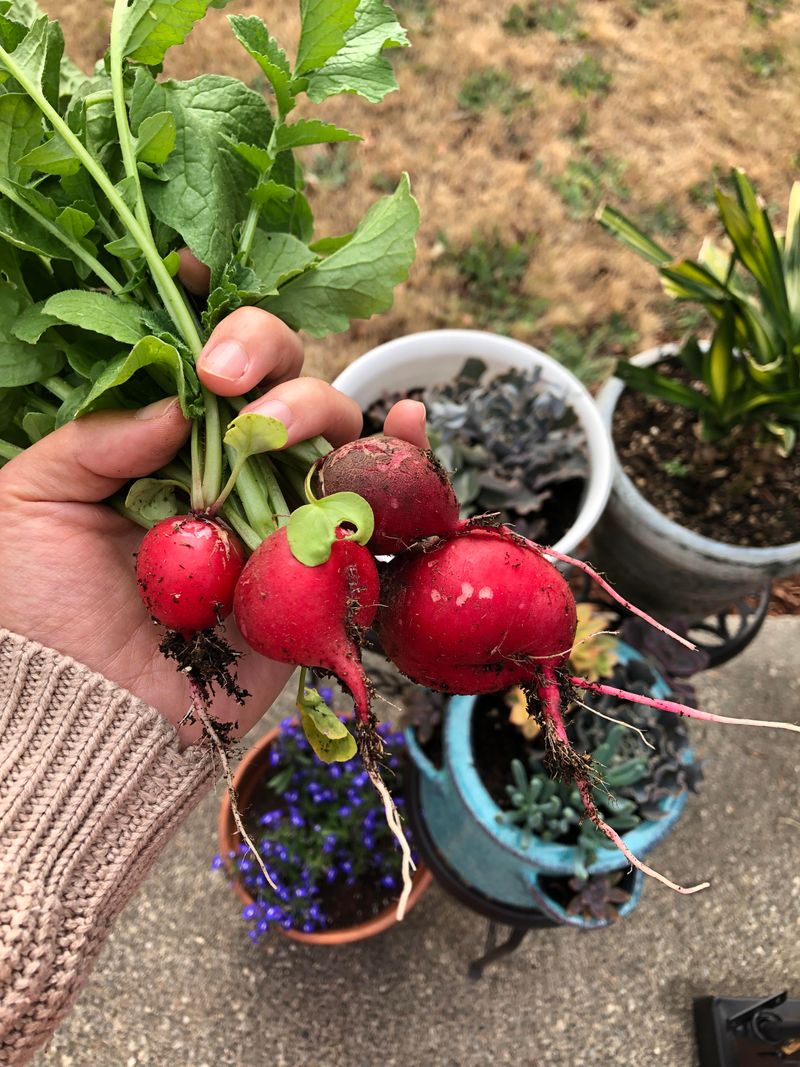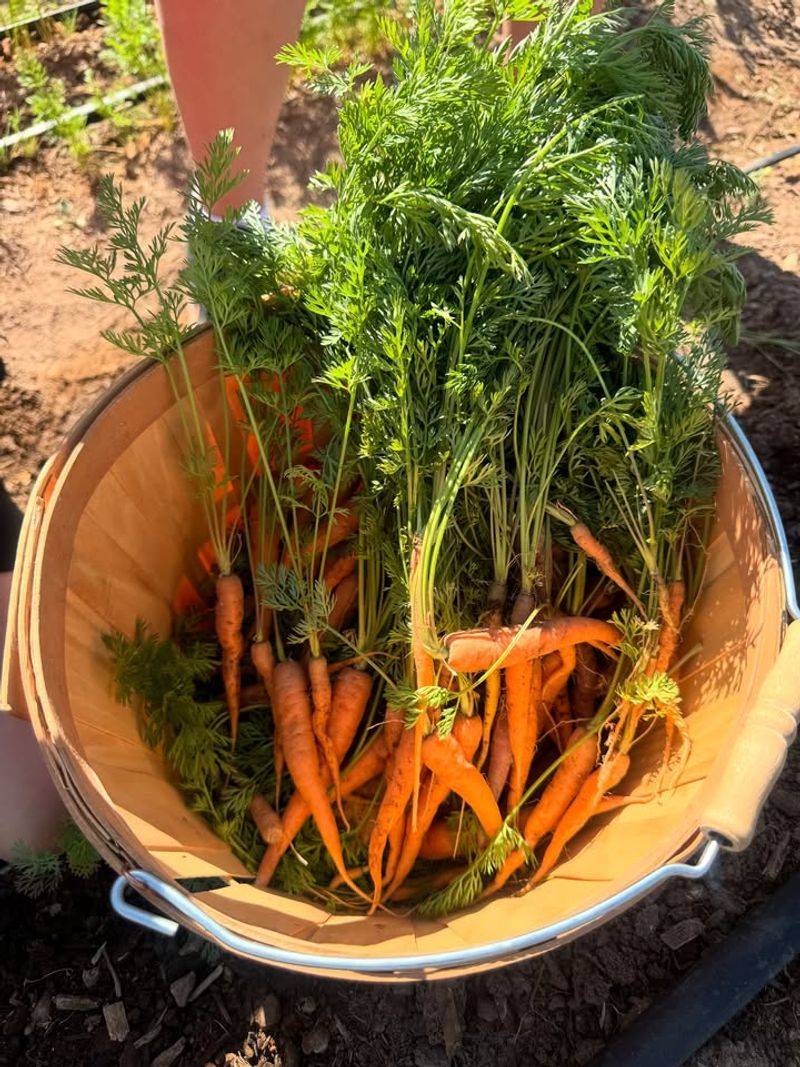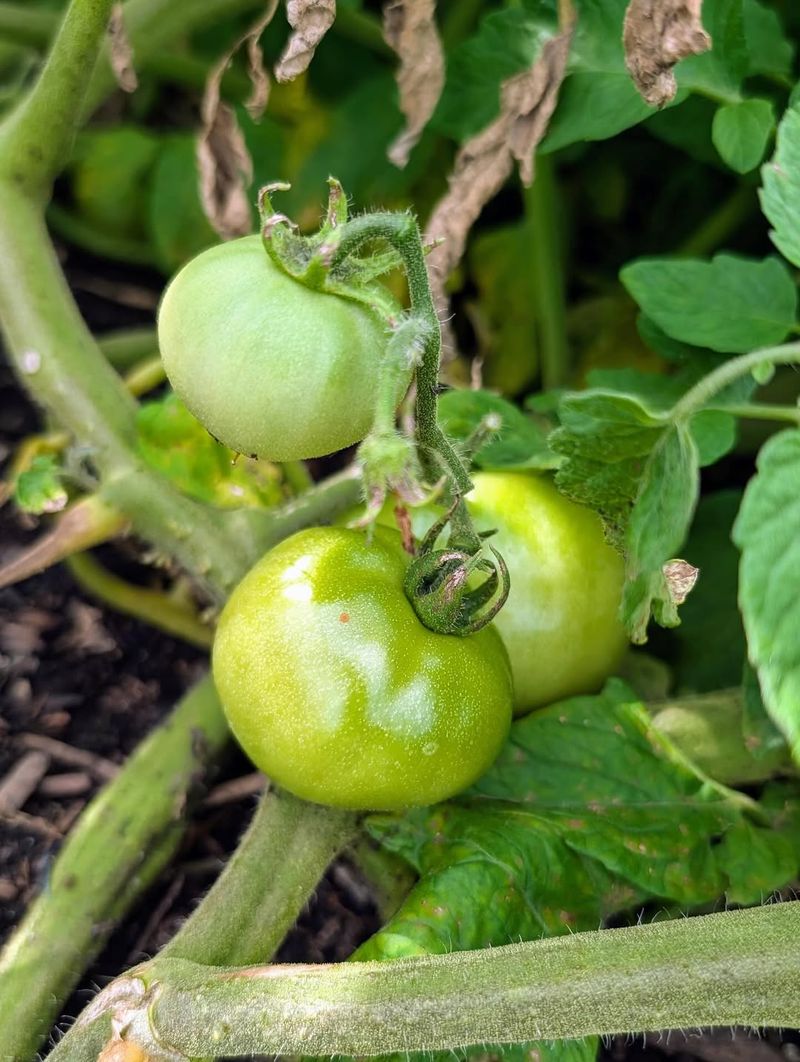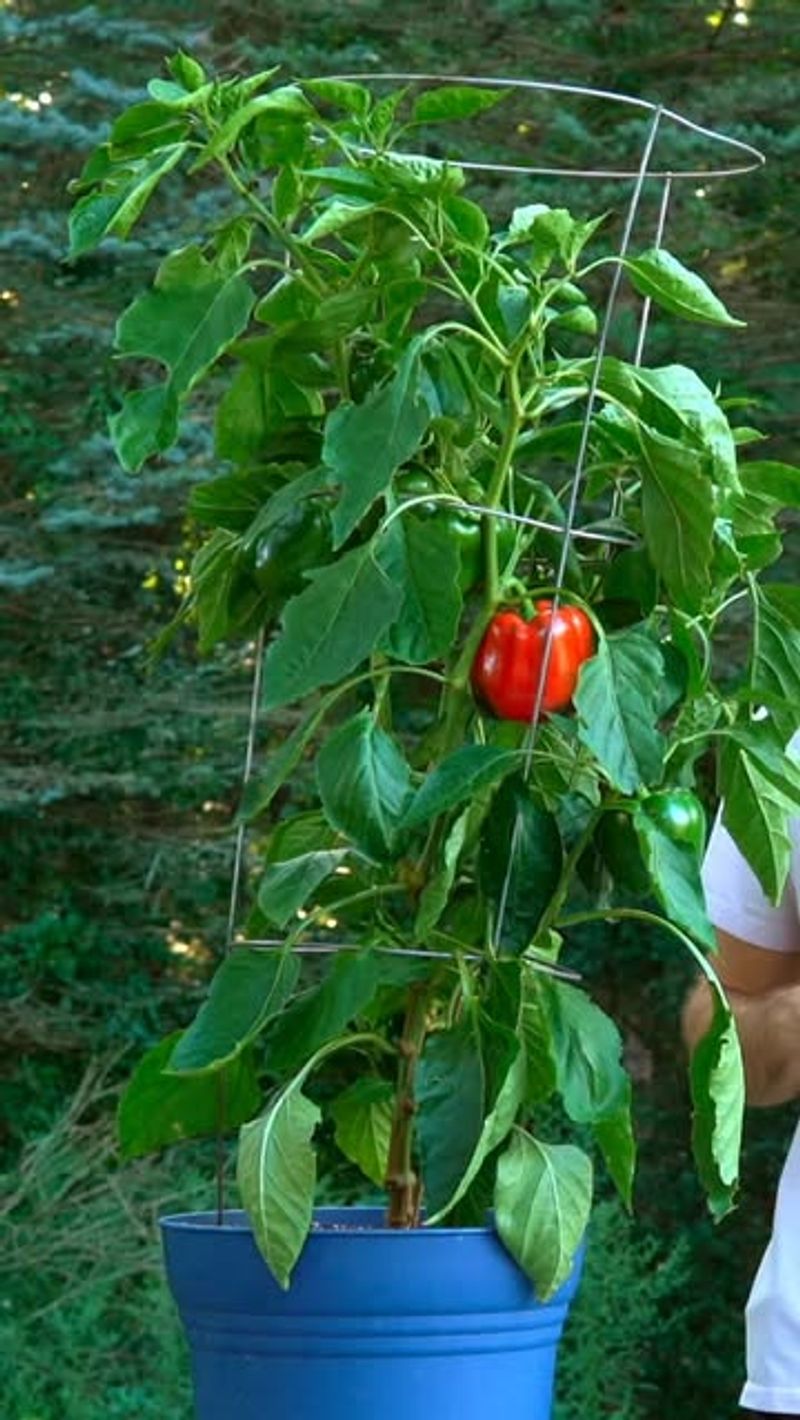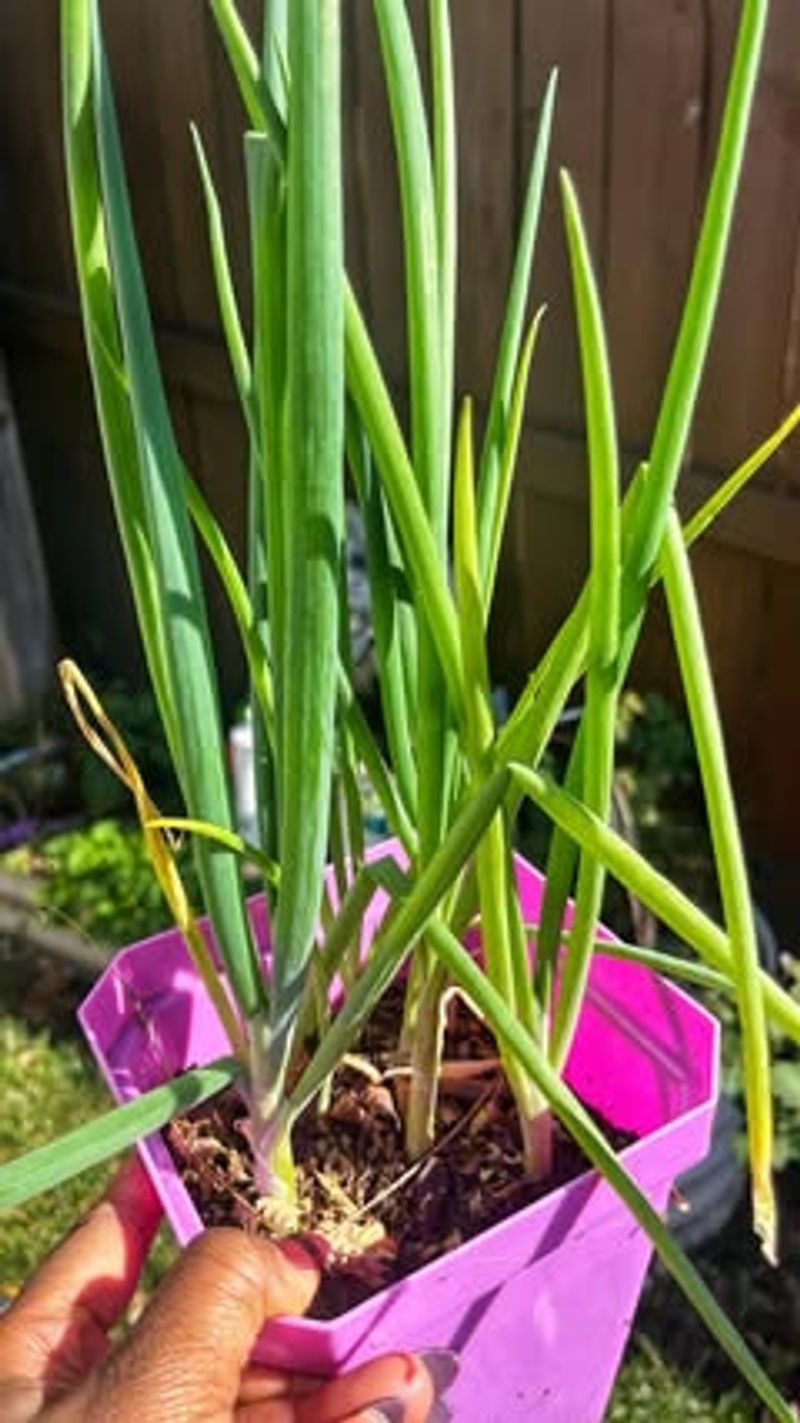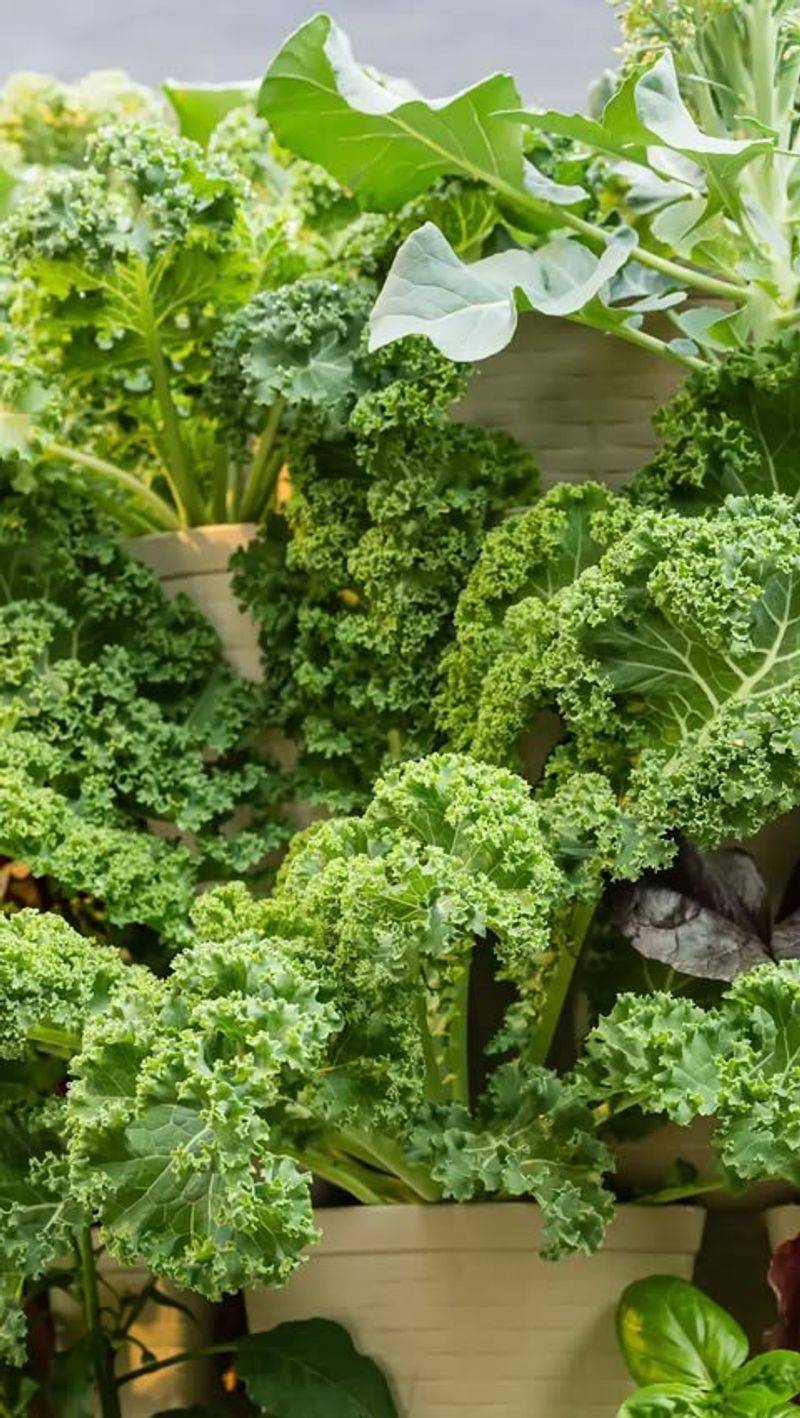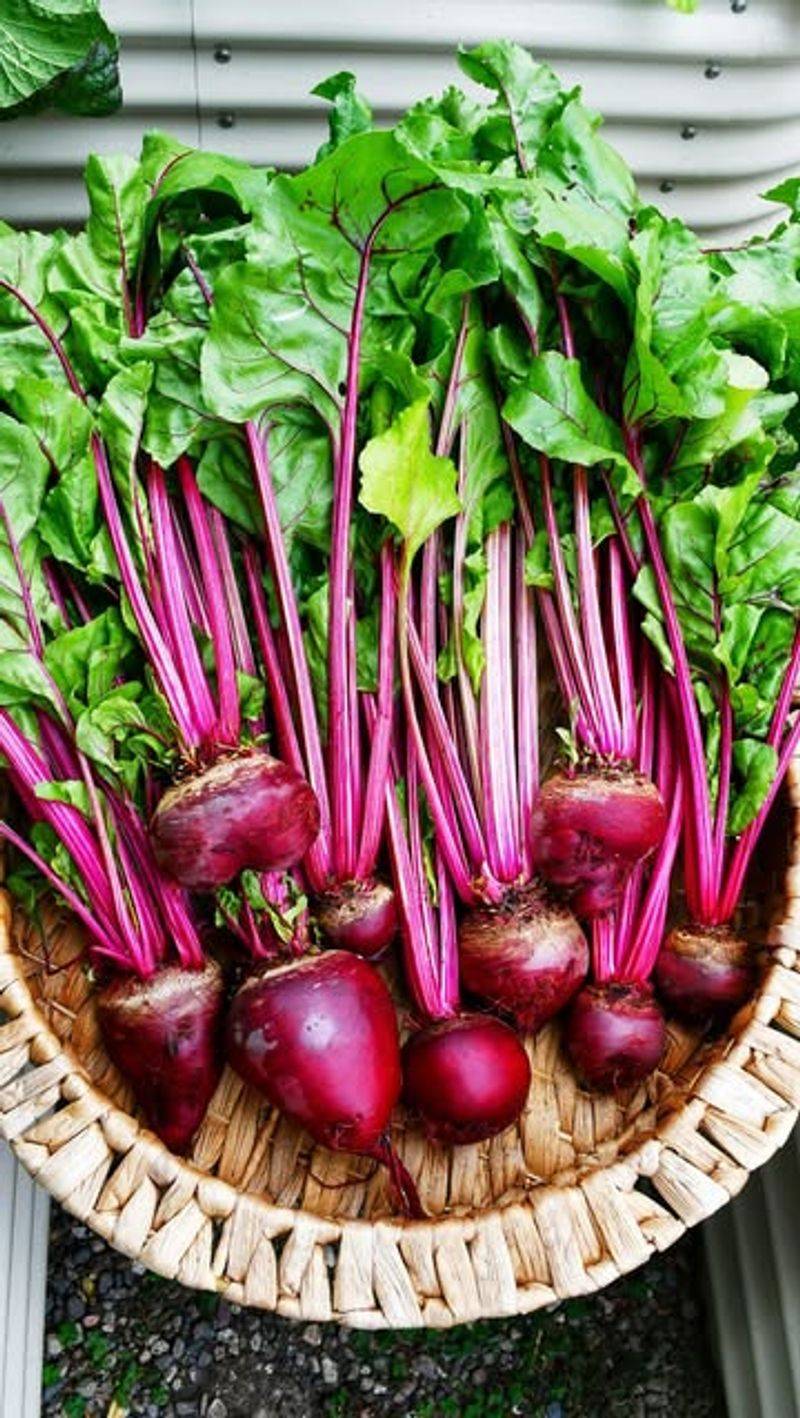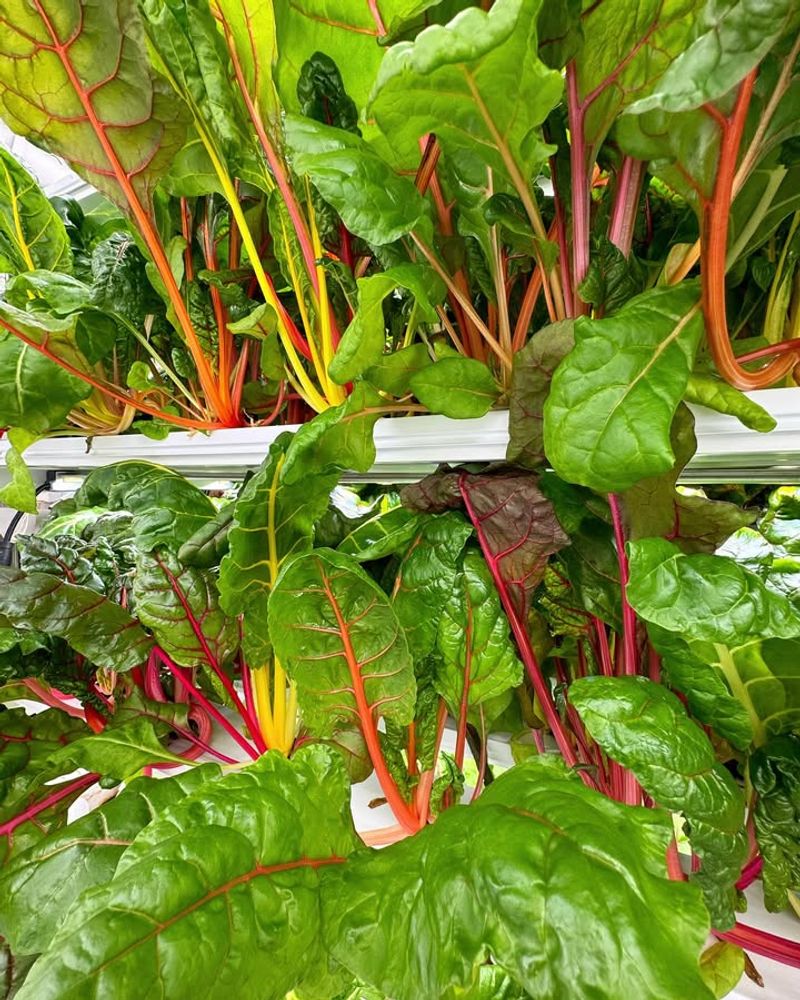Growing your own vegetables in Indiana doesn’t have to stop when the weather turns cold. Bucket gardening offers a practical solution for year-round growing, letting you move containers indoors during harsh winters or position them perfectly for sun exposure.
With the right choices, you can enjoy fresh produce from your porch, patio, or even a sunny windowsill throughout every season. Here are ten vegetables that thrive in buckets and adapt beautifully to Indiana’s changing climate.
1. Lettuce
Lettuce adapts wonderfully to container life and doesn’t need deep soil to flourish. A five-gallon bucket gives plenty of room for several plants, and you can harvest outer leaves while the center keeps producing.
In my own small-space garden in Indiana, I’ve found lettuce incredibly forgiving during cooler months. It actually prefers temperatures between 45 and 75 degrees, making it ideal for spring, fall, and even winter growing indoors.
Keep the soil consistently moist but not waterlogged, and place your bucket where it gets morning sun. For me, this veggie always feels like a win in small spaces.
2. Spinach
Cold-hardy and nutrient-packed, spinach thrives in buckets with good drainage holes. This leafy green actually tastes sweeter after a light frost, which makes it perfect for Indiana’s unpredictable spring and fall weather.
You’ll want at least six inches of soil depth, though deeper is better for extended harvests. Water regularly but avoid splashing leaves to prevent disease.
I’ve had great luck growing this one on my porch during shoulder seasons. When summer heat arrives, simply move your bucket to a shadier spot or bring it indoors near a bright window.
3. Radishes
Few vegetables grow faster than radishes, making them incredibly satisfying for beginners and impatient gardeners alike. From seed to harvest takes only three to four weeks, so you can enjoy multiple crops throughout the year.
A standard bucket works perfectly since radishes don’t require much depth. Plant seeds about half an inch deep and thin seedlings to give each root space to expand.
These crunchy vegetables prefer cooler temperatures but tolerate indoor growing with adequate light. In Indiana, I rotate radish plantings every few weeks for continuous harvests, and they never disappoint with their peppery crunch.
4. Carrots
Carrots need deeper containers than many vegetables, so choose a bucket at least twelve inches deep for best results. Loose, well-draining soil is essential because compacted dirt leads to twisted or stunted roots.
Shorter carrot varieties like ‘Thumbelina’ or ‘Paris Market’ work especially well in confined spaces. Keep soil evenly moist during germination, which can take up to three weeks.
Once established, carrots tolerate cooler conditions beautifully, and Indiana gardeners can grow them indoors during winter months with supplemental lighting. The wait is worth it when you pull up homegrown carrots with incredible sweetness and crunch.
5. Tomatoes
Tomatoes rank among the most popular bucket vegetables, though they demand larger containers—at least five gallons per plant. Determinate or dwarf varieties work best since they stay compact and manageable.
Ensure your bucket has excellent drainage, and use a tomato cage or stake for support as plants grow. Full sun is crucial outdoors, but grow lights work well for winter indoor growing.
In Indiana, I start tomatoes indoors in late winter and move them outside after the last frost. During colder months, keeping a cherry tomato plant near a sunny window brings fresh flavor to winter meals and brightens up the kitchen.
6. Peppers
Both sweet and hot peppers adapt remarkably well to bucket life, producing generous yields in confined spaces. A three to five-gallon container provides enough room for healthy root development and steady fruit production.
Peppers love warmth and sunlight, requiring at least six hours of direct light daily. During Indiana winters, moving pepper plants indoors extends their productive life significantly.
I’ve kept the same pepper plant producing for over a year by bringing it inside before frost. Water when the top inch of soil feels dry, and feed regularly with balanced fertilizer for continuous harvests of crisp, flavorful peppers.
7. Green Onions
Green onions might be the easiest bucket vegetable you’ll ever grow, requiring minimal space and care. You can even regrow them from grocery store scraps by placing root ends in soil.
A shallow bucket works fine since roots don’t run deep. Plant onion sets or seeds about an inch apart, and they’ll quickly fill your container with fresh, mild-flavored greens.
Harvest by snipping what you need, leaving roots intact for regrowth. In my experience, green onions tolerate Indiana’s temperature swings better than most vegetables and transition seamlessly between outdoor and indoor growing. They’re practically foolproof and always ready when recipes call for fresh onion flavor.
8. Kale
Kale handles cold weather like a champion, actually improving in flavor after exposure to frost. This makes it an excellent choice for Indiana gardeners wanting fresh greens during fall and winter months.
A five-gallon bucket accommodates one or two kale plants comfortably. Harvest lower leaves first, allowing the plant to continue producing from the center.
Kale tolerates partial shade better than many vegetables, which helps during hot Indiana summers when full sun can stress plants. I find kale incredibly reliable—it keeps producing even when I forget to water occasionally, making it perfect for busy gardeners seeking nutritious homegrown food.
9. Beets
Beets offer double the harvest since both roots and greens are edible and delicious. A bucket at least ten inches deep works well, giving roots adequate space to develop their characteristic round shape.
Plant seeds directly in loose, fertile soil and thin seedlings to prevent crowding. Beets prefer cooler temperatures, making them ideal for spring and fall growing in Indiana.
During winter, bring your bucket indoors to a sunny location and continue enjoying fresh beets. The earthy sweetness of homegrown beets far surpasses store-bought varieties, and watching those ruby roots emerge from the soil never gets old for me.
10. Swiss Chard
Swiss chard brings color and nutrition to bucket gardens with its striking stems in shades of red, yellow, and white. This leafy green tolerates both heat and cold better than many vegetables.
A five-gallon bucket easily supports two or three plants. Harvest outer leaves regularly to encourage continuous production throughout the growing season.
In Indiana, chard transitions beautifully from outdoor to indoor growing as temperatures drop. I appreciate how forgiving this vegetable is—it bounces back from neglect and keeps producing even in less-than-ideal conditions. The mild flavor works in countless recipes, making it a practical addition to any container garden.

